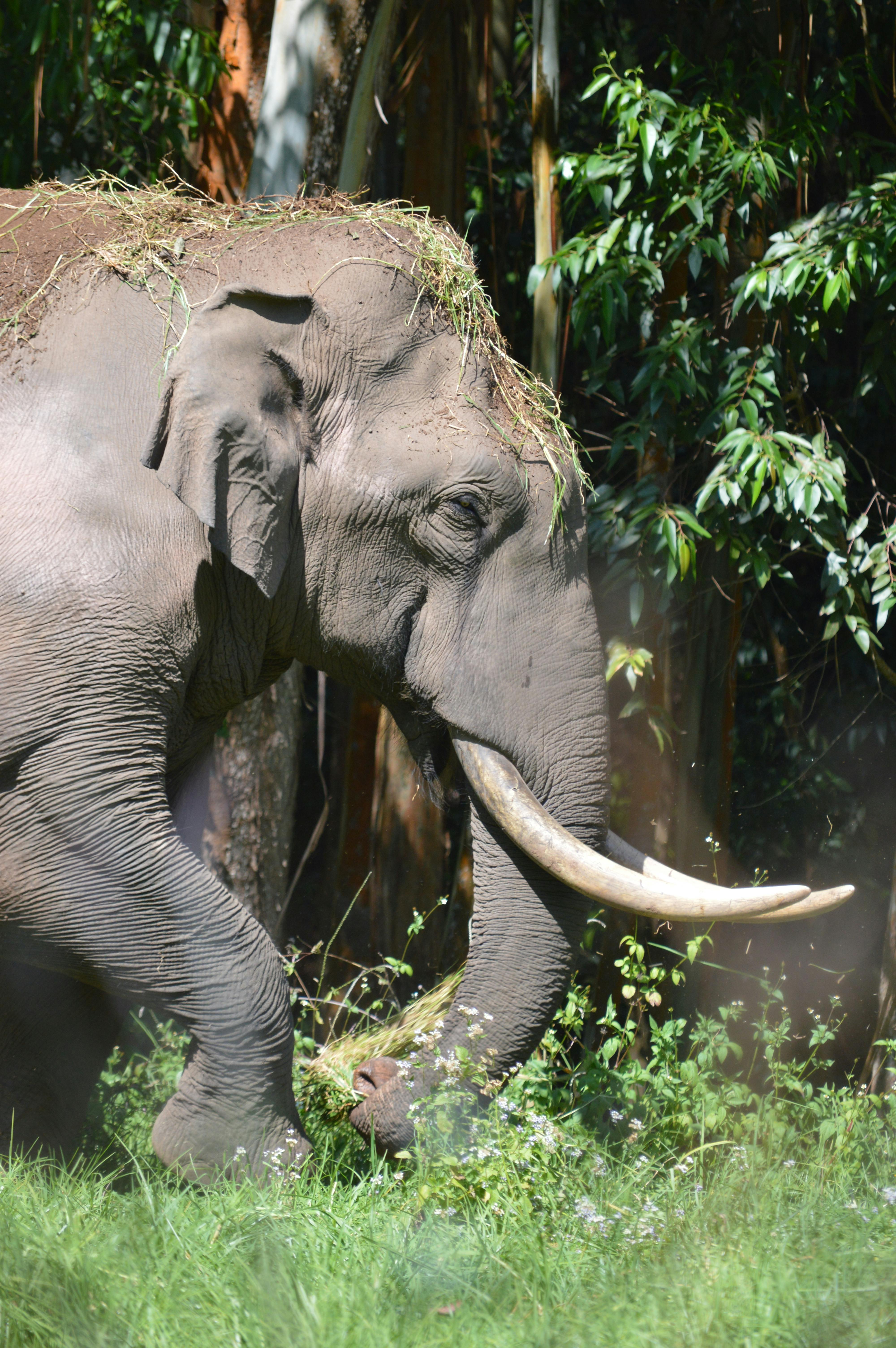
Best Clownfish Tank Size Options for 2025
Choosing the right clownfish tank size is crucial for both the health of your fish and the enjoyment of your aquarium. Clownfish are popular pets due to their vibrant colors and lively personalities, but they have specific requirements that must be met for them to thrive. In this article, we will explore the optimal clownfish tank sizes in 2025, along with essential considerations for maintaining a healthy environment for these delightful creatures. We will cover clownfish habitat requirements, tank dimensions, and provide valuable tips for setting up and caring for your clownfish aquarium.
Understanding the clownfish species, their environmental needs, and the intricacies of clownfish care can enhance not only the well-being of your fish but also your experience as an aquarium keeper. From minimum tank size recommendations to specific tank accessories and maintenance tips, this guide will equip you with the knowledge needed to create an ideal habitat for your clownfish.
In the following sections, we will discuss various tank options, each best suited for different clownfish setups, and how to maintain optimal conditions in your clownfish tank.
Understanding Clownfish Aquarium Requirements
Before deciding on the perfect clownfish tank size, it's essential to understand the specific requirements of these fish. Clownfish are known for their adaptability, finding homes in various marine environments, but they thrive in well-structured habitats. Typically, clownfish are housed in aquariums that mimic their natural habitats, which include coral reefs and anemones.
The minimum clownfish tank size is generally accepted at 20 gallons for a pair of clownfish, but a larger tank provides more swimming space and reduces stress. An adequate clownfish habitat includes good water quality, appropriate lighting, and decorations that resemble their natural environment.
Clownfish can be territorial, especially when breeding, which further emphasizes the need for adequate space and proper clownfish tank layout. Algae growth, tanks mates compatibility, and clownfish feeding habits are also critical factors influencing the tank's health.
Moving forward, we will discuss specific clownfish tank dimensions that cater to both juveniles and adults, ensuring you provide the best living space for your fish.
Optimal Clownfish Tank Size: Key Options
When considering the optimal clownfish tank size, you must take into account the specific requirements of the clownfish species you intend to keep. For example, a clownfish juvenile tank should ideally be at least 10 gallons, while adult clownfish tanks should start at 20 gallons. Each size has its own advantages and might influence your choice based on your experience and resources.
5-Gallon Clownfish Tanks
A 5-gallon clownfish tank can be utilized for temporary housing of juveniles or for a single clownfish, ensuring a suitable clownfish habitat. However, it's crucial to note that this size might not provide adequate space for long-term growth or behavior, as clownfish can be active swimmers.
10-Gallon Clownfish Tanks
This tank size is better suited for a single clownfish, providing a bit more room for swimming. As clownfish grow, they may require a more spacious environment. It's important to monitor water parameters in smaller tanks closely to maintain clownfish health, emphasizing the importance of clownfish tank maintenance.
20-Gallon and Larger Tanks
A 20-gallon tank allows for a pair of clownfish and offers ample room to create a diverse clownfish tank environment. In larger tanks, you can enhance the habitat with creative decorations, ensuring compatibility with additional tank mates. These tanks also allow for easy maintenance and consistent water quality, securing a healthy environment for your clownfish.
As we explore the specifics of clownfish tank setup and maintenance across various sizes, we will delve deeper into how to optimize the clownfish tank for breeding or general care.
Essential Clownfish Tank Setup Requirements
The clownfish tank setup requires careful consideration of various elements to ensure a thriving environment. Proper filtration, water parameters, and temperature are essential factors in maintaining a suitable habitat. Additionally, aquarium decorations such as live rock and plants can help mimic the clownfish's natural habitat.
Filtration and Water Quality
Effective clownfish tank filtration is crucial for maintaining water quality. Recommended filtration systems may include canister filters or protein skimmers, which aid in keeping the tank clean and ensuring optimal clownfish tank conditions. Regular water changes should also be a part of the clownfish tank maintenance routine to prevent toxicity in the water.
Lighting and Temperature
Clownfish thrive under stable lighting conditions, creating a balance that mimics their natural habitat. The clownfish tank temperature should be maintained between 76°F and 82°F to ensure the health of both clownfish and any accompanying corals or invertebrates. Utilizing LED lighting can not only save energy but also promote coral growth, enhancing the overall aesthetic of your tank.
Tank Layout and Accessories
A well-designed clownfish tank layout includes hiding spots and open swimming areas to accommodate clownfish behavior. Using appropriate clownfish decorations like anemones or corals can encourage natural behavior and reduce stress levels. These additions will contribute to a thriving clownfish colony and provide a fulfilling viewing experience for aquarium enthusiasts.
Next, we will look at common clownfish diseases and how understanding these can help you maintain a healthy tank environment.
```